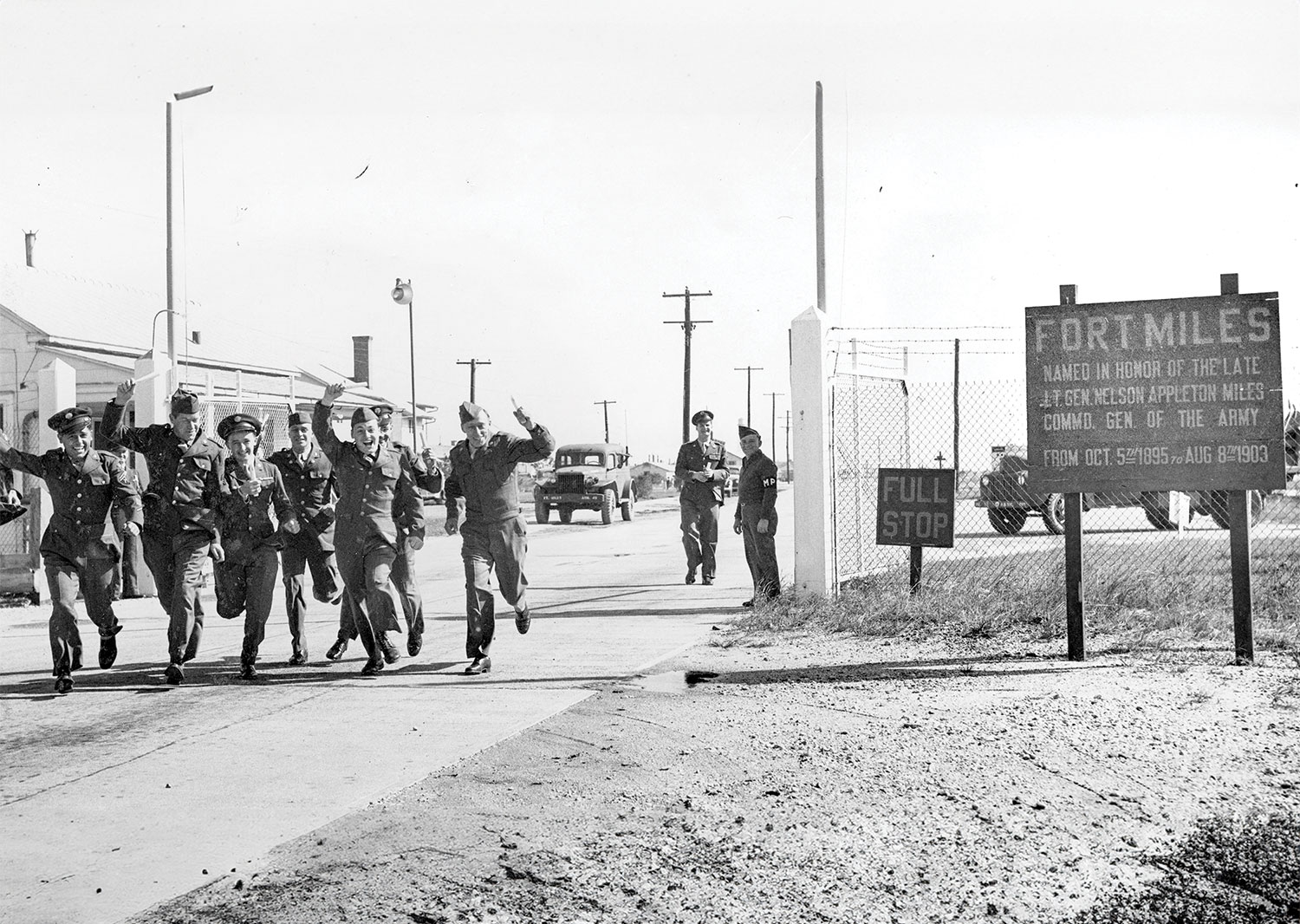Geo…what? Geocaching is part treasure hunt, part hiking, and all fun! It’s an activity for all ages and any time of year, and requires only a smartphone and the geocaching app.
Geocaches are hidden in parks, cities—virtually any public space. You’ve probably walked right by them without knowing as there are more than 100 in the local area. The larger ones contain treasures (small toys, tokens, or trinkets); while others just have a logbook. To give it a try, go to www.geocaching.com. Learn about geocaching and download the app. Pick a username for signing the logbooks. The app allows you to search your location (or by zip code) to locate geocaches.
Cape Henlopen State Park has several caches of varying degrees of difficulty.
Cape Henlopen State Park (in-state vehicles $5, out-of-state $10, or get a day pass with DE library card at Lewes Public Library) has several caches of varying degrees of difficulty. Beginners should start with “traditional” caches, which are indicated as green boxes on the app’s map. Choose one with low ratings for difficulty and terrain. Also check “Activity” to confirm it has been found recently. Check the description for clues on where to park; otherwise, use the map to locate access points.
Click on “Navigate” to obtain an aerial view showing your location and distance in relation to the cache. Start walking, checking the app to make sure you’re getting closer. Most geocaches are on or near roads or paths.
Once you’re within 20 feet, start looking. The cache could be a plastic container, magnetic hide-a-key, pill bottle, or even a fake rock or pinecone. It may be on the ground—or not. Once you spot the cache, open it, sign the logbook with your username and the date, and replace it. Using the app, click on “Found it” and put a comment that’s not a spoiler. Congratulations! You’ve logged your first geocache!















